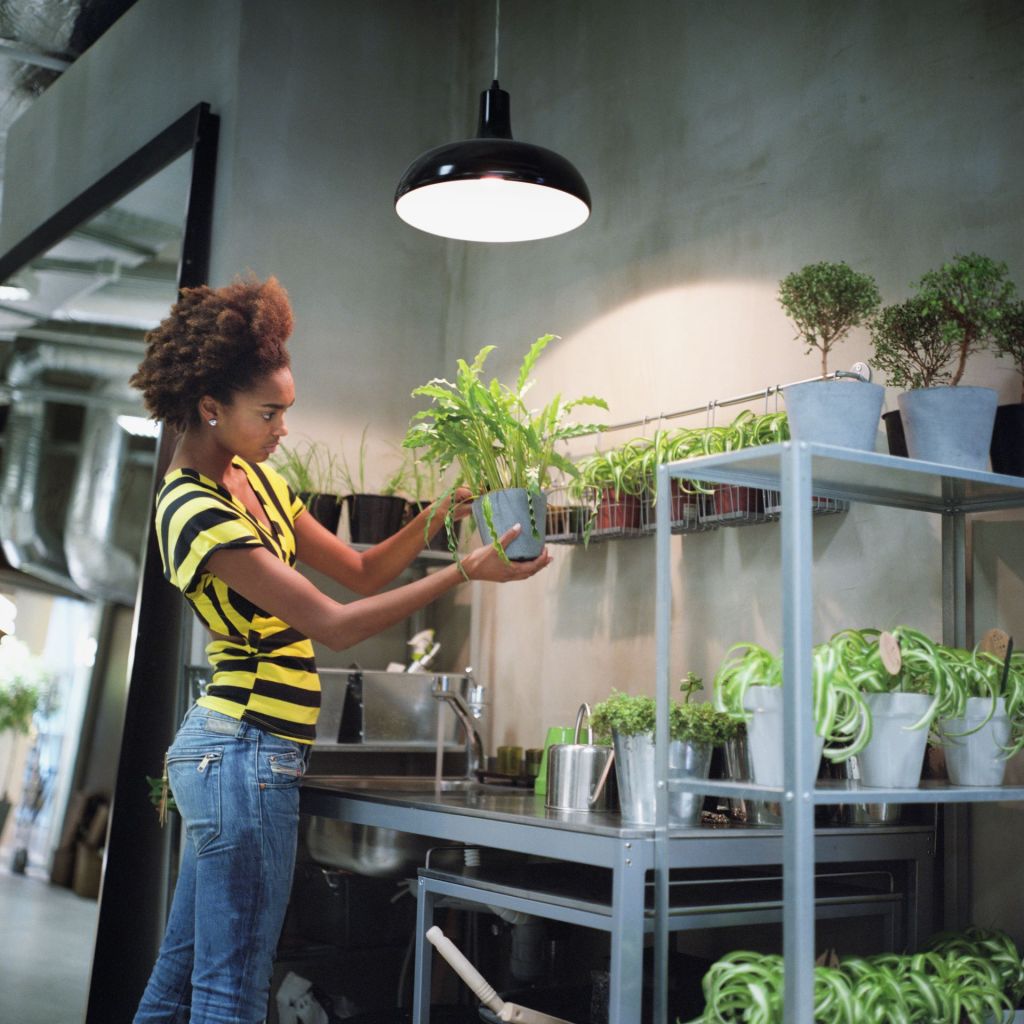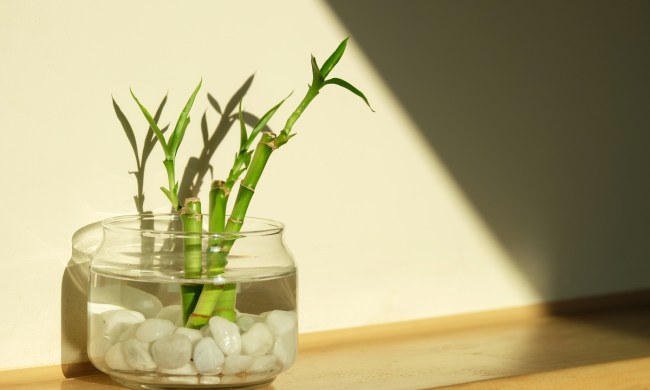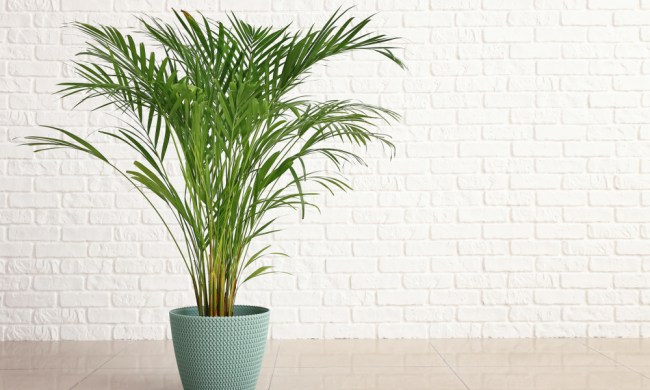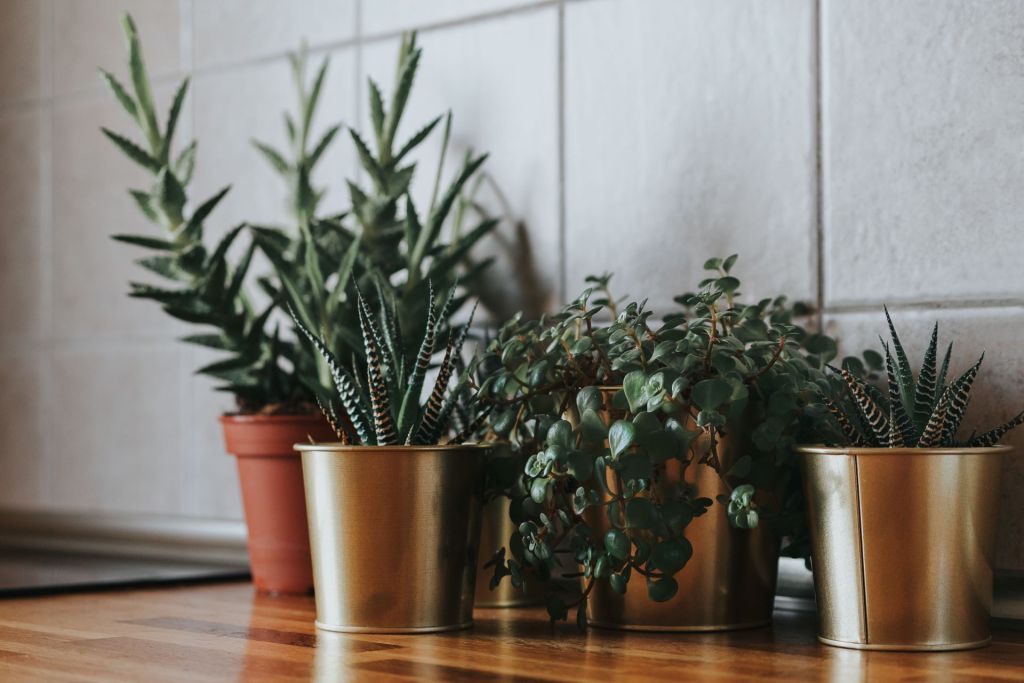
Do you live in a home that doesn’t get much sunlight, but you’d really like to have some plants around? We understand completely. Some apartments just face the wrong way and don’t have enough window space for most plants to grow. Thankfully, you don’t have to go entirely without plants. There are some types that actually thrive in low light! Come see some of the best houseplants we’ve found that can work in your home.
English ivy
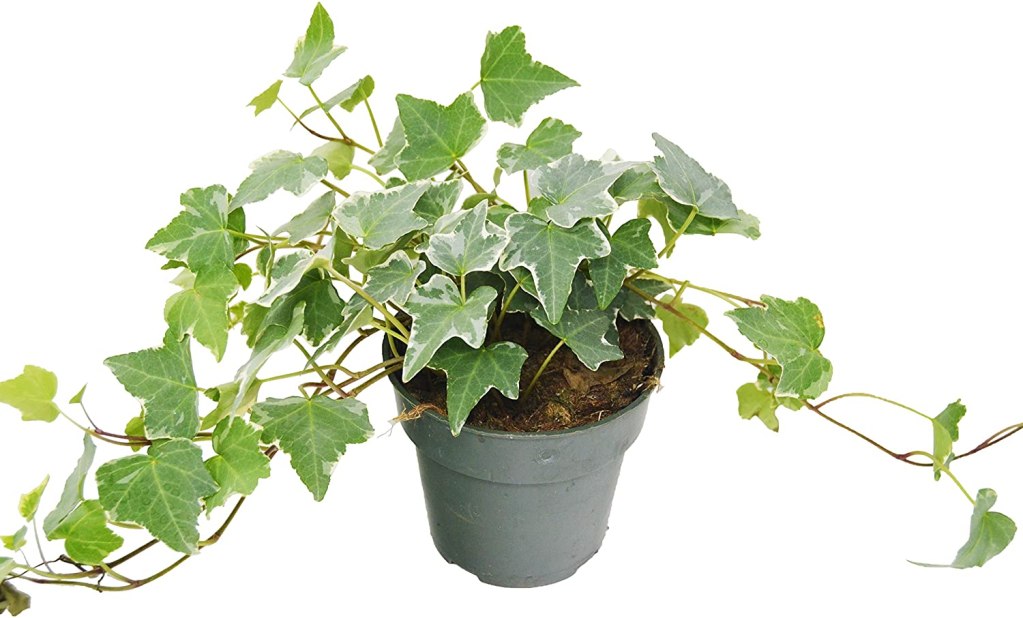
English ivy thrives in low to moderate light, requiring only intermittent watering. Between waterings, the soil can be allowed to become quite dry. Also known as European ivy, California ivy, and several other names, this popular plant is known to purify the air as well. Use caution with these plants if you have pets, however. They are known to be toxic to cats, dogs, and horses.
Get a 4-inch potted English ivy plant for $15.
ZZ plant
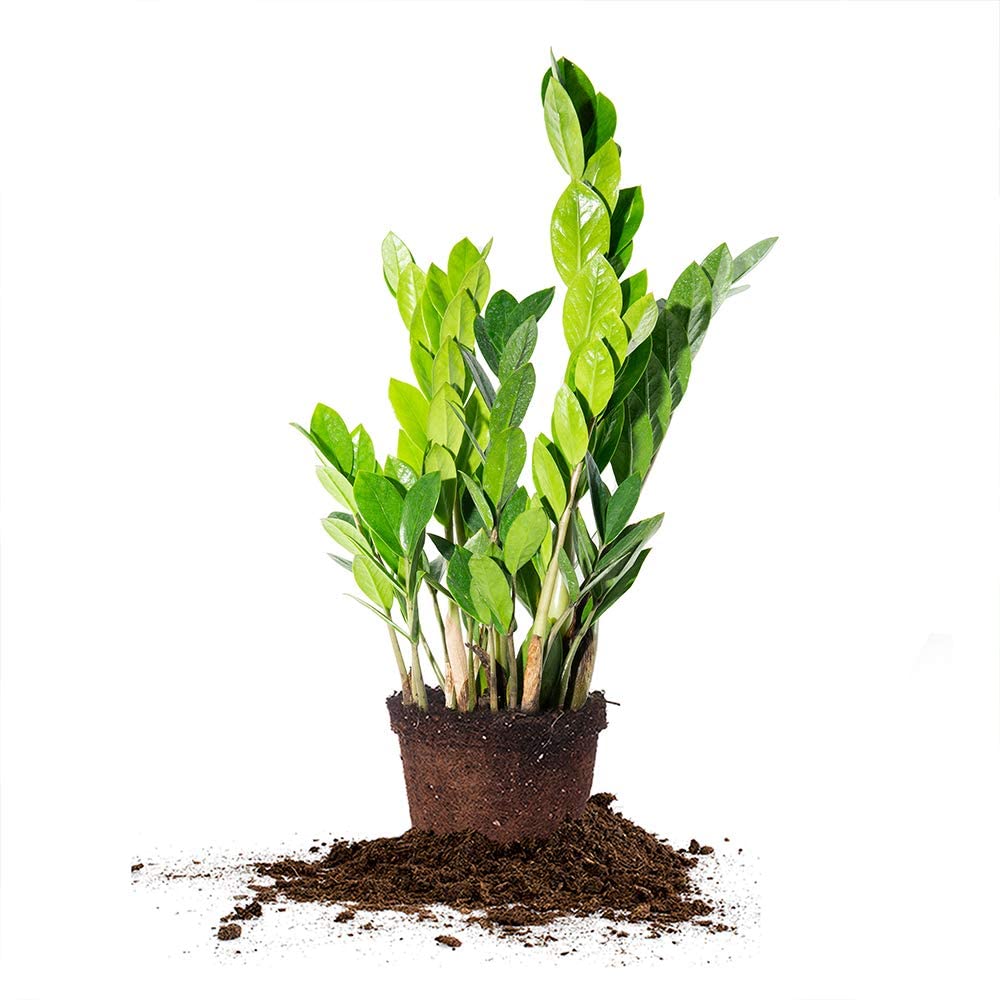
One plant that is exceedingly tolerant of low light is the ZZ plant, also called the Zanzibar gem. This uniquely attractive and hardy gem can survive in or near natural or artificial light and only requires watering when soil is dry. Its leaves are uniquely shaped like diamonds, and it’s said to boost mood and level of creativity. Native to East Africa, it’s also known to be an air purifier. Once again, use caution, as this one is toxic to pets if ingested.
Get a 12-inch potted ZZ plant for $30.
Monstera deliciosa
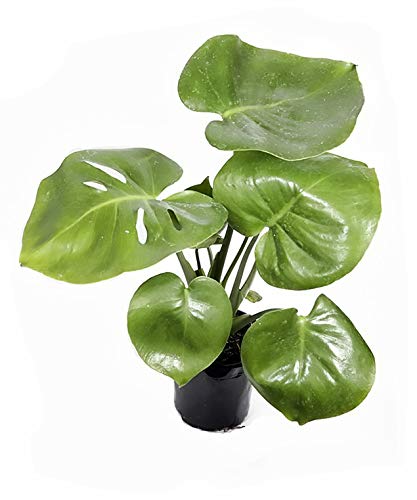
This intriguing beauty has become quite popular lately. Known as the Swiss cheese plant due to the slits in its leaves, the Monstera deliciosa plant can grow leaves up to two feet wide in its native environments in the Panamanian, Indian, and Mexican jungles. Also called a split-leaf philodendron, this plant is a breeze to care for and doesn’t need direct sunlight. You can water it once every two weeks and let it dry out in between. If it’s exposed to more light, give it more water.
Get a potted Monstera deliciosa for $15.
Money tree
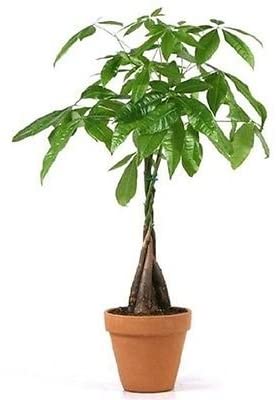
Known for their braided trunks, money trees are believed to bring harmony, good fortune, and prosperity to any home they adorn. A lovely gift (especially for housewarming presents or to celebrate a new job), the money tree thrives in medium indirect light. Also called a Pachira, this plant is low-maintenance and pet-friendly, and it can grow as tall as 60 feet with the right amount of TLC.
Get a 4-inch potted money tree for $20.
Bird’s nest fern
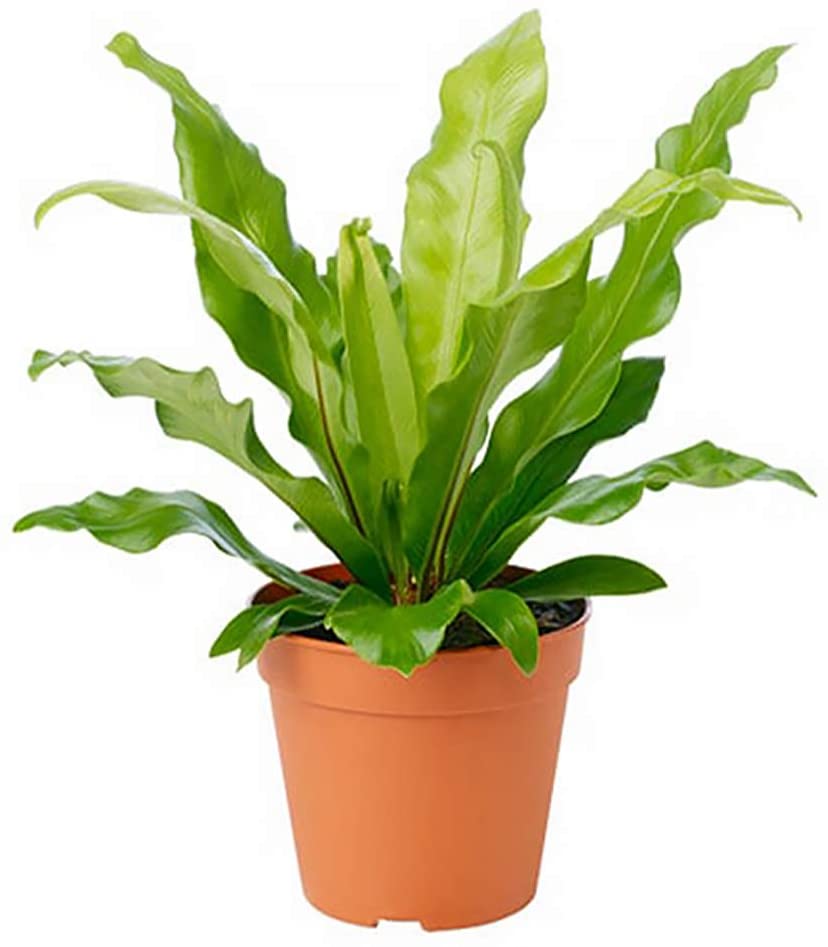
This unusual plant is resilient, enjoys humidity, prefers medium to low indirect light, and can grow up to 2 or 3 feet per year with the proper care. In its native environment, you can find it growing on the ground or on the trunks of other trees. Oddly, it doesn’t produce its own seeds, nor does it blossom or flower. What it does do, however, is sporulate. It generates spores from its leaf tissue and sporulates to reproduce. (Check this site for more info on that and how to care for the plant when it sporulates.) These plants are safe for humans and pets.
Get a 6-inch potted bird’s nest fern for $22.
Snake plant
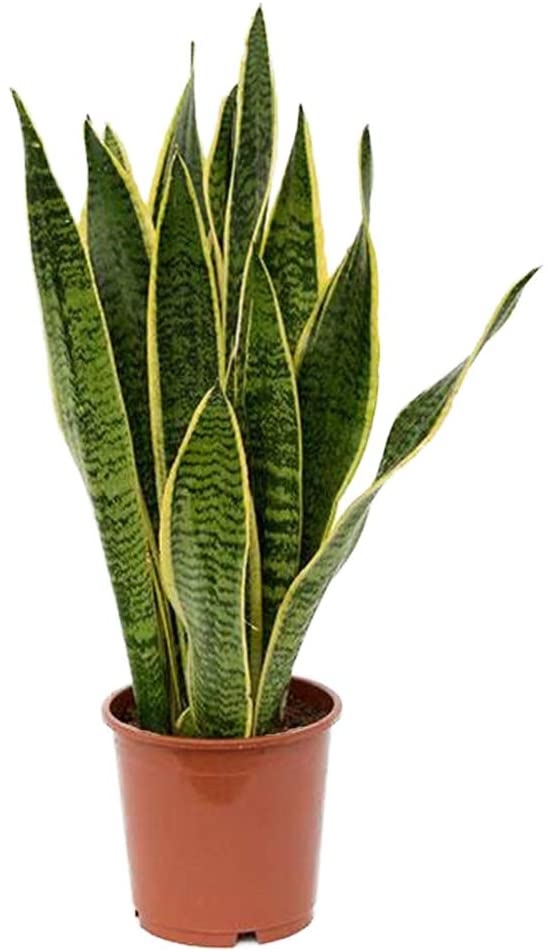
Known for its yellow-edged leaves, the snake plant is easy to care for and grows well in low light as well as moderate- and bright-light areas. Make sure you don’t over-water them and the roots don’t get rotten, and they’ll otherwise appear indestructible! A native of southern and central Africa, it’s also said to release oxygen during the overnight hours; this is done so that it can preserve water due to its modified form of photosynthesis (it only opens its pores at night).
Get a 12-inch potted snake plant for $30.
Red anthurium
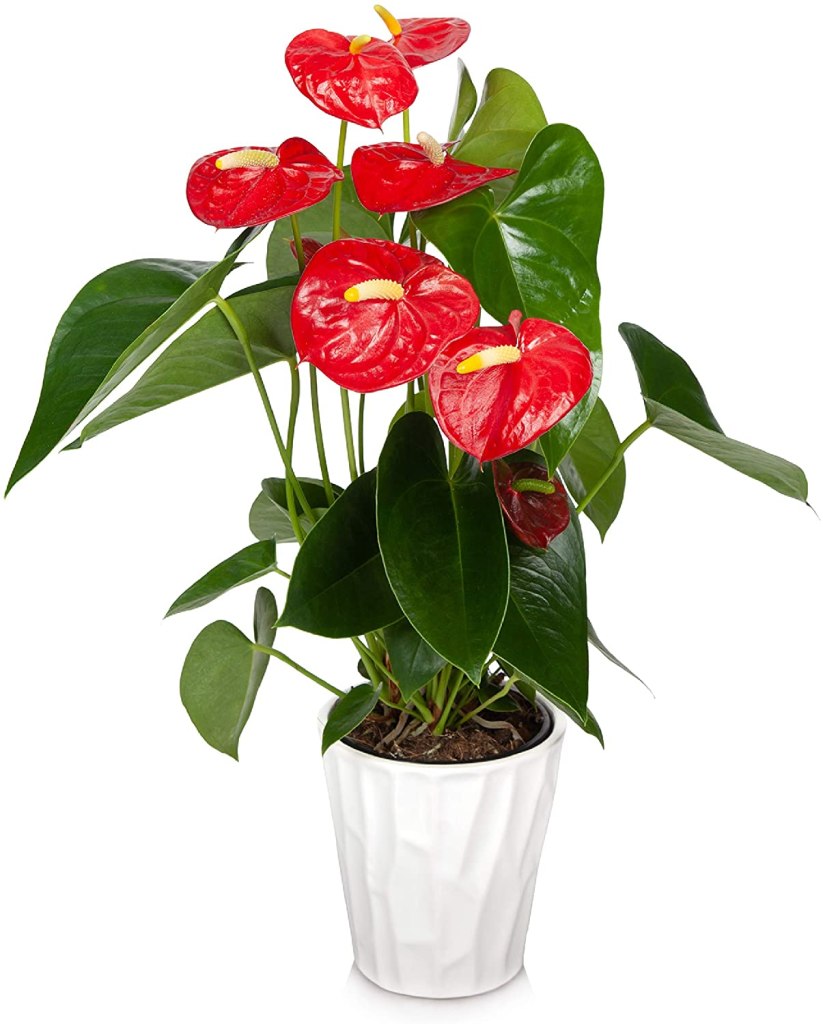
Rarely without its stunning trademark blooms (they actually aren’t bonafide flowers, but rather a form of modified leaves), the red anthurium enjoys bright indirect light and flowers nearly year-round. They bloom in red, white, or pink, and each one can last up to eight full weeks. Water yours once or twice weekly, and wipe insects off the leaves with a damp washcloth. Native to the Americas, these plants require occasional pruning. Place them far from heaters and air conditioners or any other thermostat-regulating devices.
Get one today for $30.00.
Spider plant
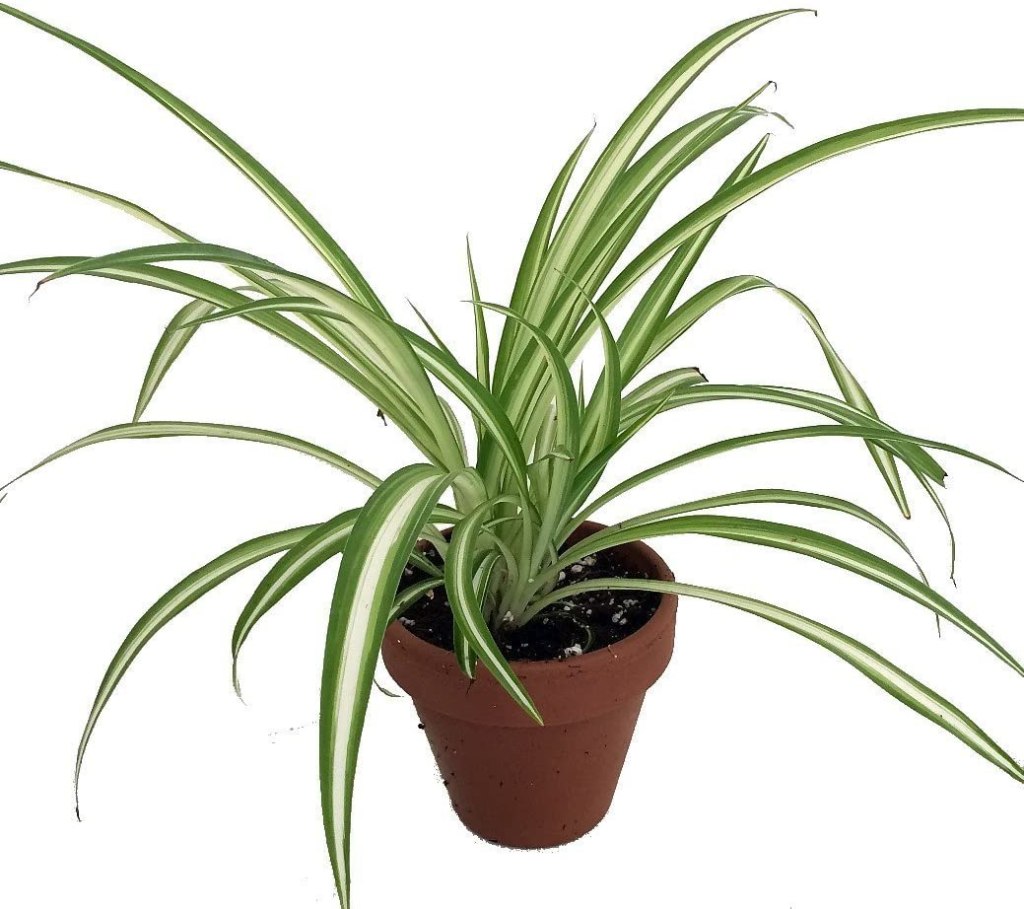
Finally, we finish up with another popular plant that loves indirect light. The spider plant is a cinch to grow, very hardy, and highly adaptable to many different environments. A native to South Africa, this plant likes to have well-drained soil and grows well in a hanging basket or planter, on the ground, on a table, or on a bookshelf. If properly cared for, it should grow like crazy, and every once in awhile, you’ll notice tiny white blossoms showing themselves out through the leaves of the plant. Choose from a plain green variety or a green-and-white striped type — both are gorgeous.
Get a 4-inch potted spider plant for $18.
